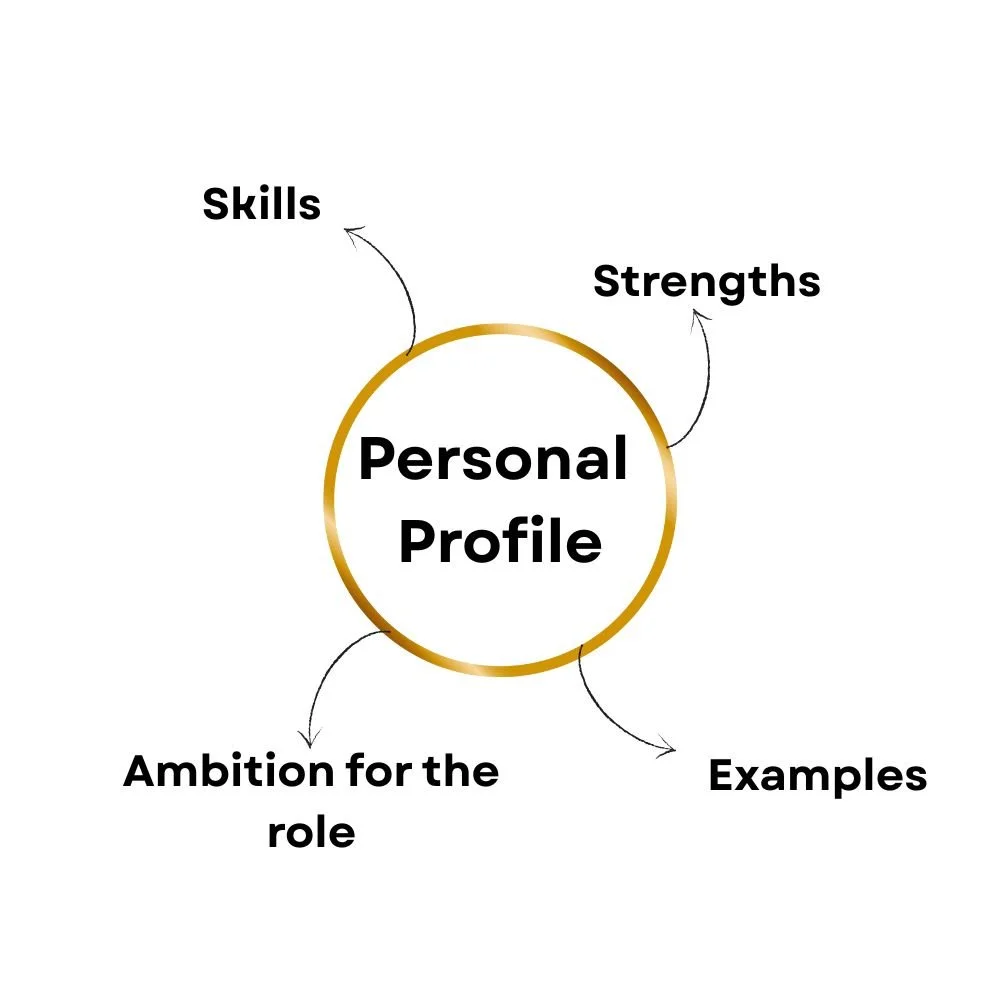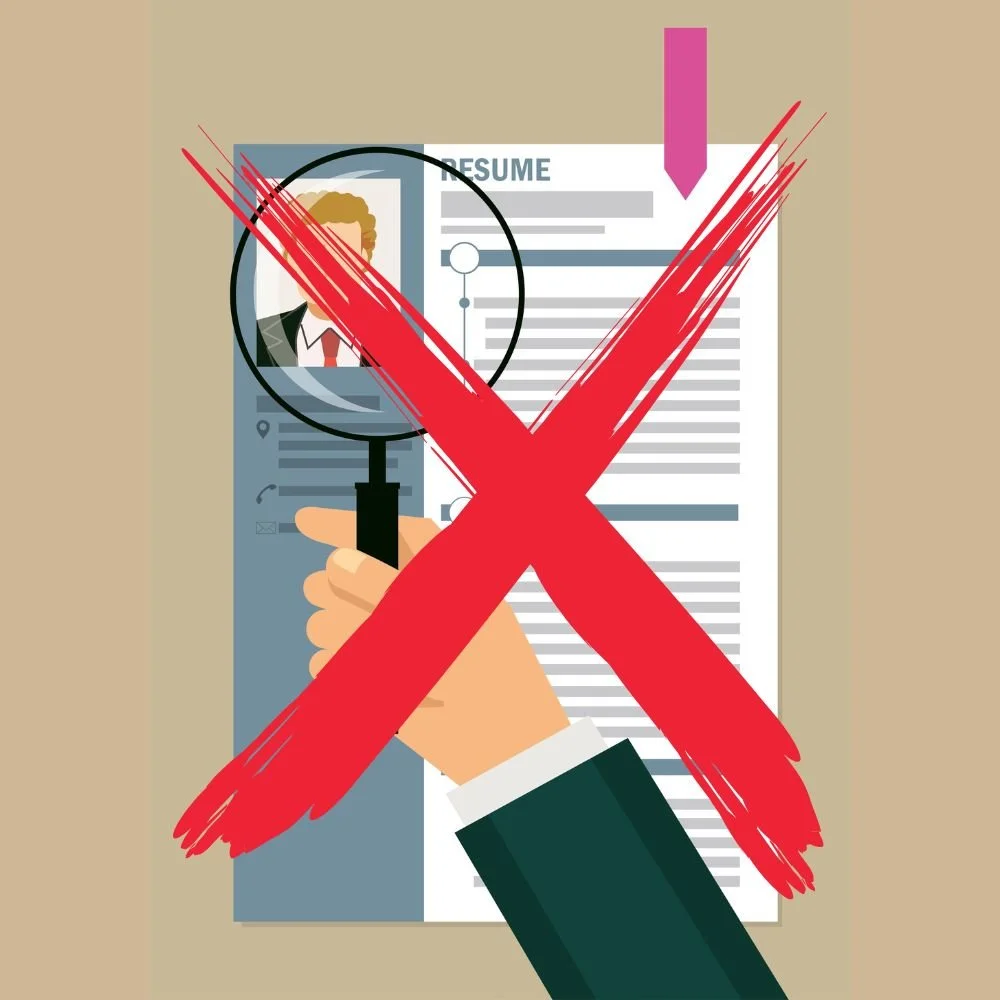Writing a Professional CV: 7 Expert Tips That Will Help
Writing a professional CV can feel like the most daunting part of the job-hunting process. Why? Because it is not just about writing down your employment history, it’s about presenting yourself in the best possible light. You must show employers why you’re the right fit, and you need to do that in a way that’s clear, concise, and easy to follow.
With the latest labour market figures showing a rise in unemployment to 1.67 million (between May and July 2025), you need to stand out; it's a competitive market. So, whether you’re just starting out in your career or you are looking to progress, writing a professional CV is the key to landing interviews with confidence.
In this guide, we’ll walk you through 7 expert tips that will help you create a CV that stands out for all the right reasons, and no, we don't suggest you use AI to write it!
Get the Basics Right: Your Personal Details
Naturally, when writing a professional CV, the very first thing any recruiter will look for is your name and how they can reach you. It sounds simple, right? But you’d be surprised how many CVs miss the mark here. Your personal details should be easy to spot at the top of your document.
Include the following:
Name: Write it in bold and in a slightly larger font than the rest of your text. This makes it jump out to the reader.
Contact Information: Stick to the essentials here. Include a professional email address, phone number, and address with city or postcode. If you’re prepared to relocate for a role or remote work, it’s perfectly acceptable to mention that at this point.
Keep it clean: Please avoid unnecessary extras such as birth date, marital status, or photos (unless you’re in a country or industry where these are standard).
Try to think of this section as your business card: make it clear, practical, and professional.
2. Write a Compelling Personal Profile
Immediately after your contact details, you need to write a short snapshot that tells employers who you are. This section is often overlooked, but, done correctly, it can be a powerful way to grab attention quickly.
A profile, when writing a professional CV, should be neutral but strong:
Summarise your top skills and strengths in two to four sentences.
Highlight the type of role you’re looking for (or the kind of value you bring).
Avoid overused buzzwords like “hardworking” or “team player” unless you can back them up with examples elsewhere.
Here's a great example:
Motivated and adaptable professional with over six years of experience delivering results in fast-paced environments. Skilled in building strong customer relationships, managing multiple projects, and using data-driven insights to improve performance. Known for clear communication, problem-solving ability, and a collaborative approach to achieving goals. Now seeking to bring transferable skills and enthusiasm to a new challenge where I can contribute to team success and continue developing my expertise.
If you’re applying for different types of roles, consider tailoring your CV for each by creating variations of your profile. Recruiters can usually tell when a CV has been written for a specific position, and that extra effort can make a real difference.
3. Showcase Your Work Experience the Smart Way
Your work history is often the section that employers will study most closely. Make sure when you are writing a professional CV that you put some extra effort into getting it right. Here’s how:
Reverse chronological order: Always start with your most recent role and work backwards.
Key facts first: Each entry should clearly state your job title, employer, and the dates you worked there.
Be selective: There is no need to list every task that you have ever performed. Focus on your core responsibilities, key achievements, and measurable results. Numbers and facts are especially powerful, whether that’s boosting sales by 20%, training a team of five, or saving the company time by streamlining a process. These are the details future employers are looking for.
Less relevant roles: If you’ve had jobs that aren’t connected to the role you want, you can still include them, but keep them brief. Just note your job title, employer, and dates.
Remember, writing a professional CV isn’t about cramming in every detail. It’s about curating the most relevant information to the role you are applying for, so that an employer immediately sees why you’re a strong candidate.
4. Address Employment Gaps with Confidence
When writing a professional CV, talk about breaks in your work history. Many people worry about this. However, gaps don’t have to be a red flag. What matters is how you frame them.
If you were studying, volunteering, freelancing, or caring for family during that time, say so.
If you took time out for personal development, such as online courses, certifications, or learning new software, highlight that as a positive.
Employers value honesty. By explaining what you did during those periods, you are demonstrating resilience, initiative, and a proactive approach.
5. Present Your Education and Skills Clearly
Education can carry a lot of weight, particularly when you are starting out on a career or applying for roles that require specific qualifications. Handle this in much the same way as the work experience:
Start with the most recent: List your latest education first, whether that’s a degree, diploma, or certification. Include dates, grades (if strong), and the institution where you gained them.
Add courses or training: Short courses or professional workshops can show employers that you’re committed to continuous learning. Be sure to include them.
Highlight technical skills: List software programs, industry tools, or systems you’re familiar with, as they can all set you apart from competitors for the role. Many employers use applicant tracking systems (ATS) that scan CVs for keywords, so including the right skills helps ensure your application gets through.
However, remember not to “keyword stuff.” Use relevant terms naturally to reflect your real abilities.
6. Keep the Design Simple and Professional
When writing a professional CV, clarity always beats creativity. Unless you’re applying for a highly creative role (like graphic design, for example), it’s best to stick to a clean, structured layout.
Avoid photos, graphics, or fancy borders: As pretty as you may think they look, these can cause formatting problems, especially if your CV is uploaded into online systems. (Unless photos etc are requested, of course.)
Stick to standard fonts: Arial, Calibri, or Times New Roman are safe bets. Make sure the text size is easy to read.
Length matters: One to two pages is ideal. Recruiters often skim-read CVs, so make sure yours is short enough to be digestible but detailed enough to showcase your strengths.
File format: It is good practice to save your CV as both a Word document and a PDF. Recruiters may prefer one over the other depending on their system, so it means you are ready for whichever they prefer.
Remember, you are writing a professional CV, not creating a design project. Your content should do the talking.
7. Add the Extras That Make You Stand Out
The main sections we have already covered are non-negotiable. Adding extras, however, can give recruiters a fuller picture of who you are. Consider including:
Voluntary work: Great for showing initiative, values, and transferable skills.
Hobbies and interests: Only include the ones that are relevant or say something positive about you. If you are writing a professional CV for a managerial role, for example, captaining a local sports team demonstrates leadership and teamwork, so add it.
Professional memberships: Belonging to industry bodies shows commitment to your field.
These additions can help you come across as a more rounded candidate. However, don’t let them overshadow your core experience and skills.
Bonus Tips for Success
When writing a professional CV, beyond the structure, consider these extra pieces of advice that can make a big difference:
Tailor every application: A generic CV rarely works. Always adjust your profile, skills, and achievements to match the specific job description.
Proofread, proofread, proofread: And proofread again! Spelling or grammar mistakes can instantly put off a recruiter. A sloppy CV indicates a sloppy employee. Ask a friend or use a professional service to double-check everything.
Keep updating: Don’t wait until you’re job hunting to refresh your CV. Update it regularly so you’re always ready when opportunities come along. It's a lot easier than trying to go back and remember dates, etc.
Use online resources wisely: Templates can help you get started, but make sure your CV still feels personal and unique. AI-generated CVs are usually detectable and are not really appreciated. Writing a professional CV yourself will certainly give you a great start in the application process.
Conclusion
So, there we have it. Writing a professional CV isn’t just about ticking boxes; it’s about telling your career story in a way that connects with employers. By getting the basics right, tailoring your profile, highlighting achievements, and keeping the design clear, you can create a document that truly works for you.
Remember, your CV’s job is simple: to get you an interview. Put the time into crafting it carefully, and you’ll be far more likely to make it through the first round of selection. Finally, don't forget to create a great covering letter to go with your CV. If you need help with that, visit our 'Cover Letter Writing Guide' page on the website (just click that link).
Good luck with your applications, and don’t forget, every role you apply for is a new chance to refine your CV and make it even stronger.





